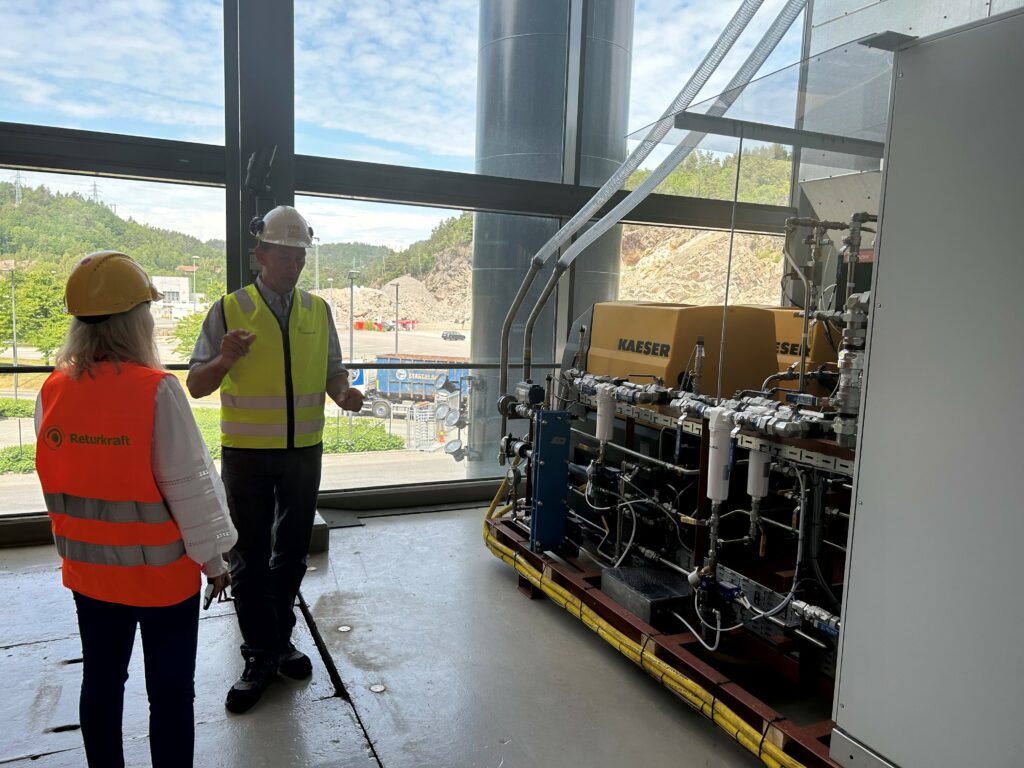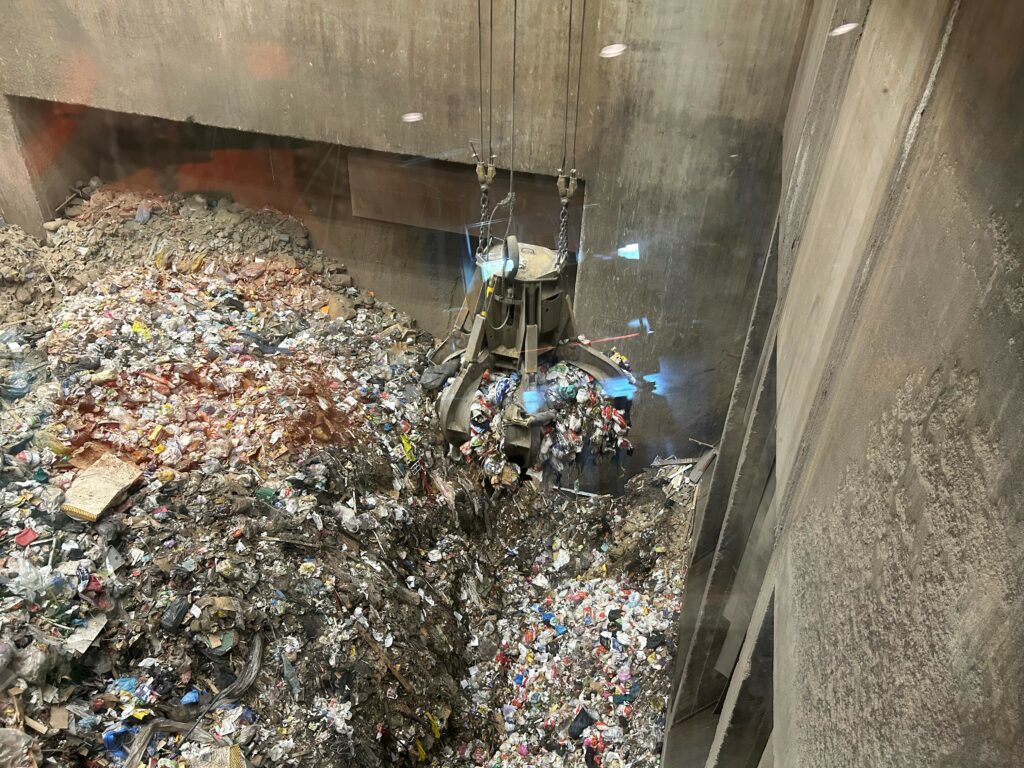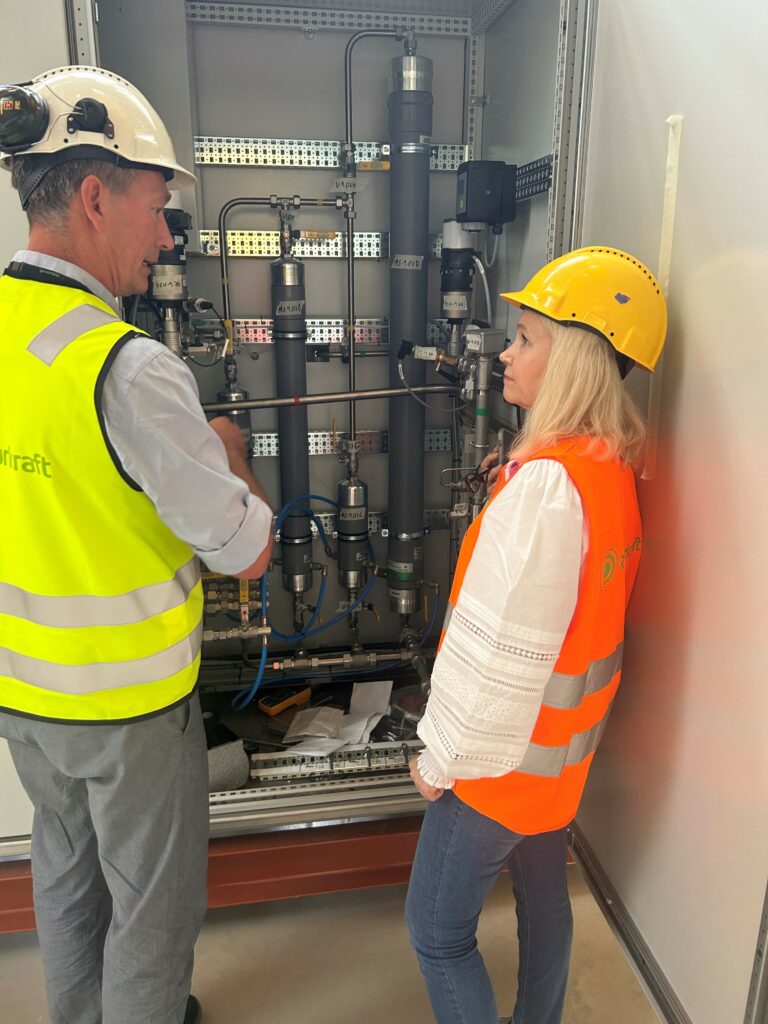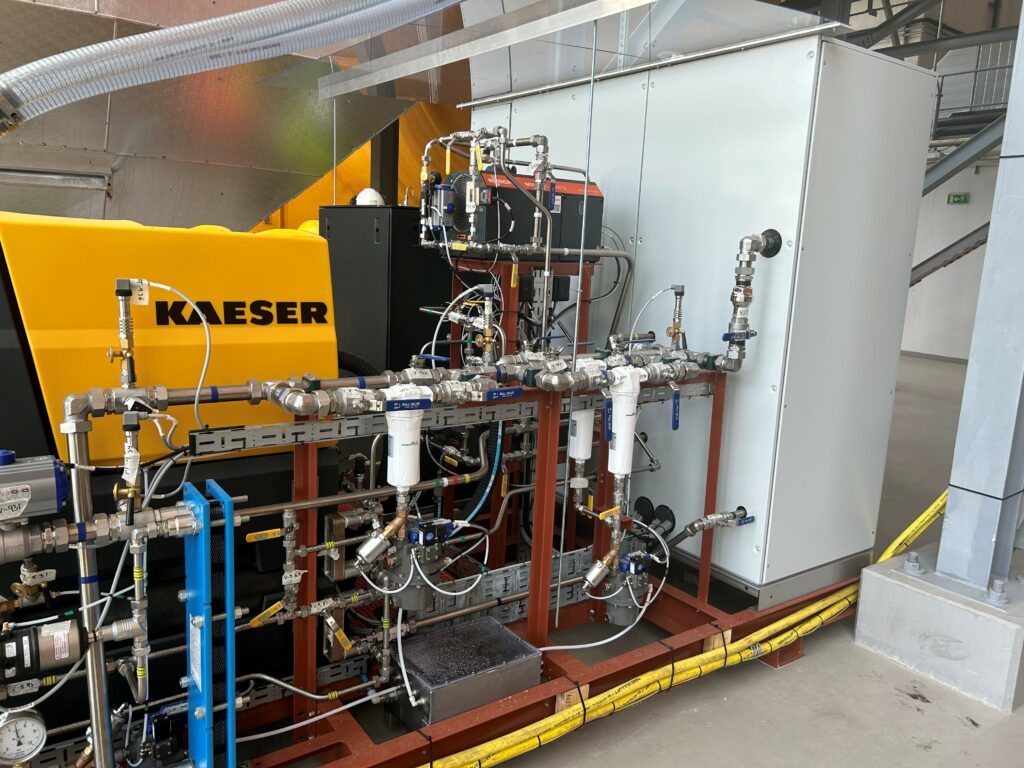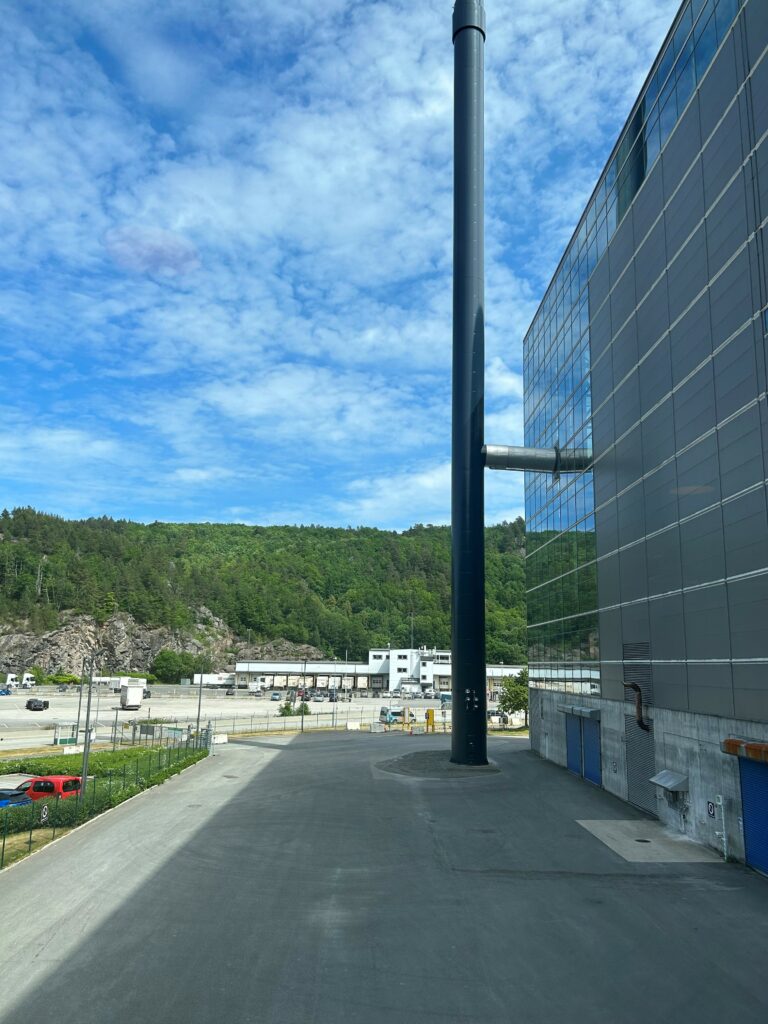Returkraft in brief
Returkraft’s incineration plant is located five kilometres from Kristiansand city centre and started operation in 2010 handling waste from Agder. The owners are made up of the municipalities in Agder, with Kristiansand and Vennesla being the primary owners (49%).
Returkraft handles a total annual amount of general waste and hazardous waste of approximately 130,000 tonnes. The energy from the waste incineration produces 95 GWh of electricity per year. In addition, 250 GWh
of district heating is being produced every year. Annual carbon emissions are around 140-150,000 tonnes of with approximately 55% is biogenic CO2.

